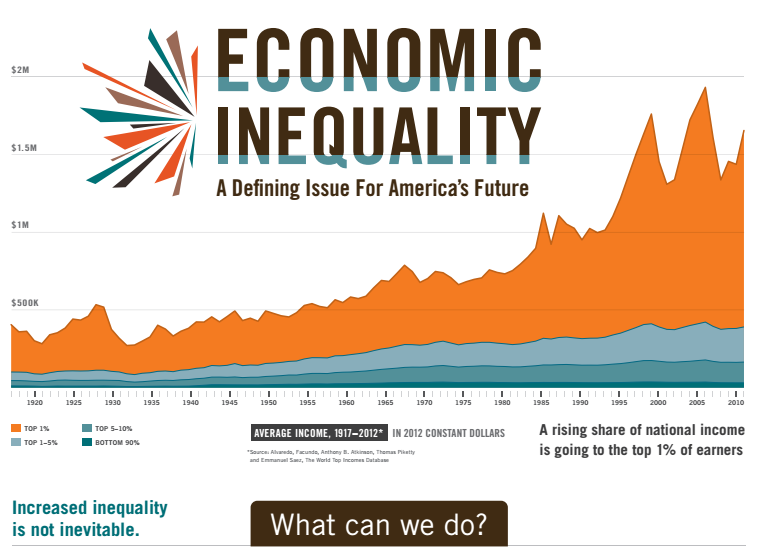Introduction
Income inequality refers to the disparity in the distribution of income among various groups in society. This growing divide has profound implications for economic stability, social cohesion, and individual well-being across the globe.
Examples of Income Inequality
In the United States, the wealth gap is striking, with the top 1% of earners taking home over 20% of the nation's income, while the bottom 50% earn only 12%. Similarly, in India, the top 1% controls a staggering 70% of the total wealth, leaving the bottom 70% with just 7%. These statistics illustrate the alarming concentration of wealth and income.
Causes of Income Inequality
Several key factors contribute to the widening income gap:
Globalization and Automation: These forces have resulted in job losses in traditional industries while creating new jobs that require advanced skills. Many workers find themselves unable to transition into these new roles due to a lack of training.
Tax Policies: Favorable tax regulations for the wealthy exacerbate the divide, allowing the rich to accumulate more wealth without contributing proportionately to public services.
Education Access: Limited access to quality education for marginalized communities perpetuates poverty. This lack of opportunity restricts individuals from climbing the economic ladder.
Negative Consequences of Income Inequality
The implications of income inequality extend beyond economic metrics:
Social Unrest: High levels of inequality can lead to social unrest, political instability, and even conflict, as those left behind feel disenfranchised.
Economic Growth: Widespread income disparity diminishes consumer purchasing power, leading to lower demand for goods and services and hindering overall economic growth.
Health Impacts: Research shows that income inequality adversely affects mental and physical health, correlating with decreased life expectancy and increased stress levels.
Historical Examples
The French Revolution serves as a historical example where inequality contributed to widespread poverty and unrest, ultimately leading to the overthrow of the monarchy. Similarly, the 2011 Arab Spring was fueled by protests against poverty and corruption, resulting in significant political upheaval across the Middle East and North Africa.
Addressing Income Inequality
To combat income inequality, multiple stakeholders can take proactive measures:
Governments: Implement progressive tax policies that redistribute wealth and enhance access to education and job opportunities.
Employers: Prioritize diversity and inclusion in hiring, and offer training and development programs to equip employees with advanced skills.
Individuals: Invest in education and skill-building, support businesses that promote fair labor practices, and advocate for policies that aim to reduce income inequality.
Successful Initiatives
For instance, in 2021, the U.S. government passed the American Rescue Plan, allocating $1.9 trillion for economic relief focused on low-income households. Companies like Amazon and Walmart have also raised minimum wages and implemented training programs to help employees advance their careers.
Prevention Measures
To prevent worsening income inequality, several measures can be adopted:
Equitable Education Access: Invest in vocational training and job placement services to ensure all individuals can access quality education.
Support for Entrepreneurship: Foster small business development by providing financial assistance and resources.
Fair Tax Policies: Ensure tax regulations are equitable, directing revenue toward public goods and services, such as infrastructure, healthcare, and education.
Notable Example
Finland exemplifies effective prevention, offering free tuition, textbooks, and meals to all students, irrespective of socioeconomic background.
Conclusion
Income inequality is a critical issue that affects individuals and societies globally. By prioritizing equitable access to education, job opportunities, and resources, we can work towards mitigating its negative consequences and fostering a more prosperous future for everyone.













